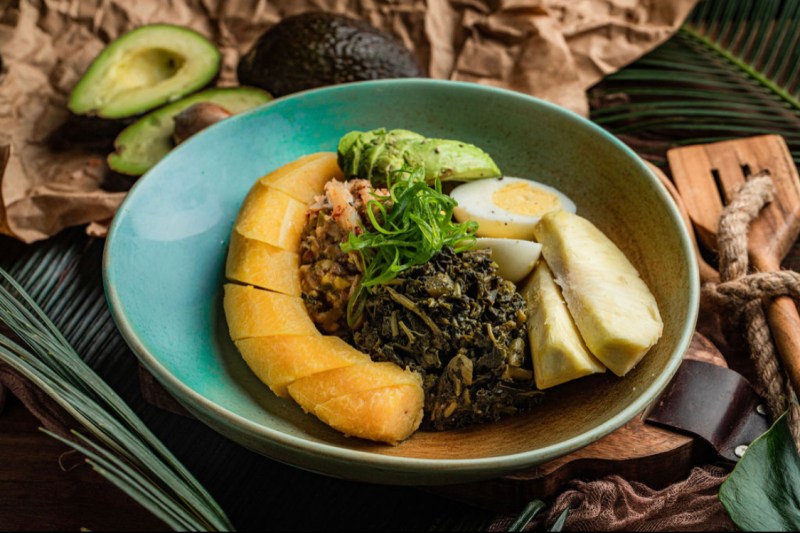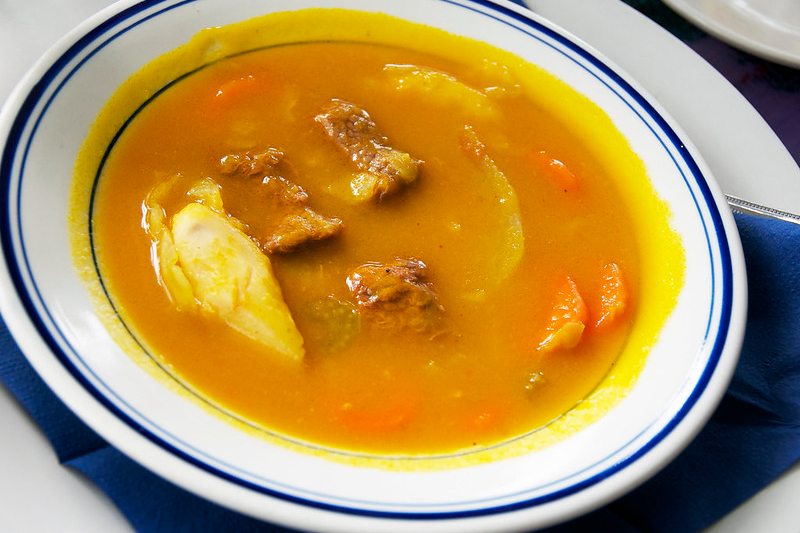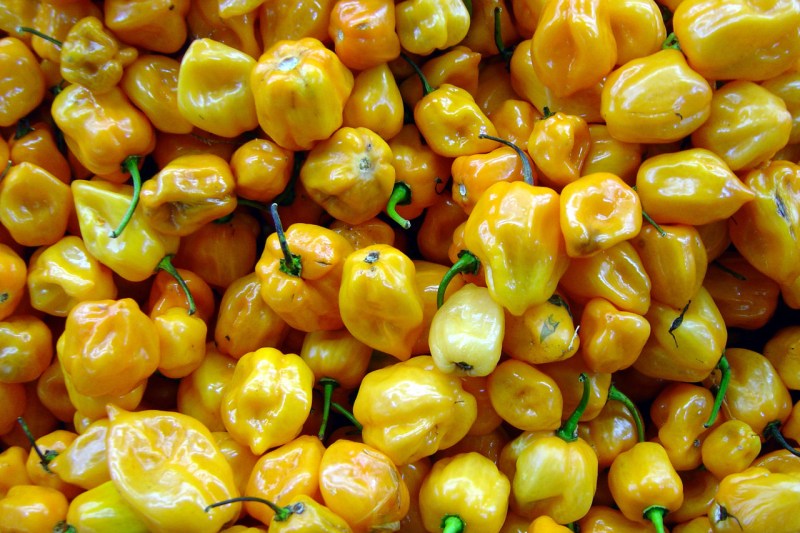Vibrant, spicy, and diverse, Haitian cuisine is an intoxicating blend of West African, French, and Caribbean cultures. Haitian flavors are rich and earthy, with an emphasis on freshness and rich spice. Here to help The Manual navigate this incredible cuisine is Mitchel Jean Bonhomme, the Executive Chef of Kokomo Restaurant, a Black-owned Caribbean restaurant in Brooklyn.
Related Guides
- How to Make Jerk Chicken
- Best International and Regional Cuisines
- Must-Read Cookbooks By Black Chefs
An International Blend

One of the biggest influences on Haitian cuisine is the culture and food of West Africa. Countless West Africans were brought to Haiti as slave laborers by the Spanish and French. This African culinary influence is especially present in the various vegetable stews of Haiti. These stews are a vibrant fusion, combining West African, Caribbean, and European vegetables and ingredients. Haitian vegetable stews range from okra and mushrooms to lalo, a leafy vegetable with a rich spinach flavor. Meat or seafood is sometimes added to stews with beef as the most popular, although goat, crab or pork are also common. Certain special occasion stews will also feature a combination of meats, such as crab and oxtail, a Haitian version of surf and turf.
As a Caribbean nation, Haitian cuisine also shares similarities and differences with the cuisine of its neighboring islands. “For example a Jamaican Sunday breakfast will include ackee and saltfish, boiled banana, and breadfruit,” said Bonhomme. “While a Haitian breakfast is a stewed saltfish with boiled banana, potatoes, avocado, and boiled egg.” Many common Haitian seafood products and vegetables, such as the fiery and fruity Scotch Bonnet pepper are also enjoyed throughout the Caribbean.
Finally, there’s France, the former European colonizer of Haiti. Even today, France remains a strong influence, evidenced by French being one of the official languages of Haiti (the other is Haitian Creole). An example of this French influence is Haitian pate, a savory puff pastry widely eaten throughout Haiti. The dough of pate is similar to a French puff pastry, but instead of butter, an expensive item in Haiti, the addition lard or margarine is used as a replacement. Pate fillings are diverse, ranging from spicy beef to salted cod or ground turkey.
Staple Dishes

Rice is a common staple in Haiti. White rice is mostly eaten with beans, but complex dishes like diri djon djon, a mushroom and rice dish are also beloved. Besides rice, boiled or fried plantains are another staple. As an island nation, fish and shellfish are prevalent throughout Haiti. Items like spiny lobster and conch are especially popular and can be served grilled, fried or stewed. A simple squeeze of lime and pikliz, spicy Haitian vegetable relish, are common sides to these seafood feasts. Haitians are lovers of spice and many of their dishes will feature the refreshing jolt of chili pepper.
Because of Haiti’s combination of cultural influences and history, its food is often a reflection of that story. Perhaps the most important dish of Haitian cuisine is soup joumou, a comforting special occasion soup made from Caribbean pumpkin puree, beef and vegetables. More than just comfort food, soup joumou has an important historical legacy. On January 1, 1804, Haiti gained its independence, becoming the first free Black republic. The slave revolt was the first successful rebellion of its kind during the trans-Atlantic slave trade. The addition of pumpkin in soup joumou was a direct result of its forbidden status during French rule. Many historical sources cite the French prohibiting the Haitian slaves from touching or consuming pumpkins. Today, soup joumou is eaten on New Year’s Day to celebrate Haitian independence day. Traditionally, the soup is enjoyed at home with families.
Haitian Pikliz (Spicy Pickled Relish)

(By Chef Mitchel Jean Bonhomme of Kokomo Restaurant)
Mitchel Jean Bonhomme is the Executive Chef of Kokomo Restaurant, where he utilizes his unique understanding of Caribbean culture to develop palate pleasing dishes designed to surprise and delight. Utilizing his Haitian heritage and natural love for cooking tropically inspired cuisine, Bonhomme has amassed over 10 years experience in the fine dining and culinary industry working in iconic restaurants such as Fontainebleau Miami Beach, and in nationally recognized venues such as the Miami Airlines Arena. He has worked as a private chef for celebrities such as Cassie, DJ Khaled, Angela Yee, and Puff Daddy, and his work has been featured by New York Times, Eater, Thrillist and more.
For Bonhomme, his style of cooking is all about having fun and showcasing his Haitian heritage. “Having really good ingredients is at the heart of anything worth eating!” Bonhomme said. “I try to be creative, utilize fresh produce, and unique spices to create flavors that honor my heritage whilst celebrating cuisine from a multitude of countries. Love and passion are in every dish!”
Ingredients:
- 2 cups white cabbage
- 1 1/2 cups grated carrots
- 5 Scotch Bonnet pepper
- 3 sprigs of fresh thyme
- Sprinkle of salt
- 7 whole cloves
- 3 cups of white vinegar
- 4 tbsp lime juice
- 2 tsp Maggi all-purpose seasoning
Method:
- Pack cabbage, carrots, shallots, peppers, thyme, cloves, and salt into a large resealable jar.
- Add vinegar and lime juice, seal jar, and shake until ingredients are distributed and salt is dissolved. Add more vinegar if needed to just cover vegetables.
- Chill in the refrigerator, shaking gently twice daily. Wait at least 3 days before serving.
- Serve with fried or grilled seafood. Pikliz is especially tasty with griyo, a fried pork dish marinated in citrus and spices.



